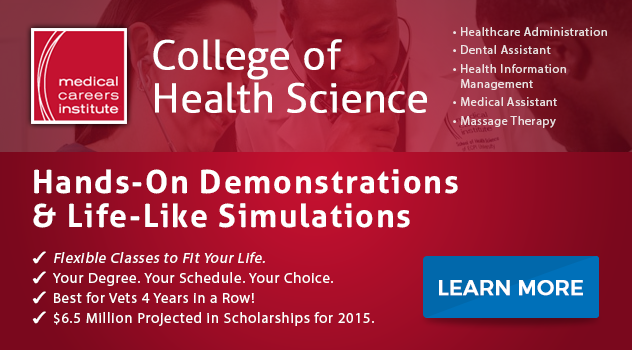
Massage & Reflexology: Everything You Should Know
In a fast-paced, hectic world, many people carry the stresses and challenges they experience in a very deep way in their body, causing unwanted ill effects to their muscles, nerves, and organs. If you recognize the benefits of massage therapy, you know that a good massage therapist will understand the 'healing touch' of their own hands and the best way to put the tools of the trade into practice. For those who are considering the field of massage therapy, it is important to get a grasp on the heart of the profession, even before you focus on learning and implementing techniques.
Know Your Clients
In massage therapy, your client should be your primary focus; take the time to really listen to what they need and which types of services they might be interested in. Are they experiencing pain in a certain area of the body (perhaps a nagging headache that won't quit)? Maybe they have knots in their neck and back from stress? Knowing your clients' needs can be the difference between succeeding in the field of massage therapy and finding yourself looking for other employment. Listen to your client, determine their needs, and approach the session with professional integrity, using safe and effective practices.
There are a variety of methods a massage therapist can focus on (more than 80 actually), including anything from deep-tissue to acupressure to orthopedic to sports massage; it is even widely acceptable to see cross-training among different areas to diversify your ability to provide professional services. One area of massage therapy that has gotten a great deal of attention in recent years is that of reflexology.
Know Your History
Reflexology is the practice of massage therapy that believes that there are specific points in the body (specifically in the feet and hands) that applying pressure will positively affect ailments and illnesses that affect other parts of the body. Not a new practice, reflexology has been around at least since the days of the ancient Egyptians and has proven effective in treating pain, relieving stress, and improving the health of the body's organs.
Over the years, there have been many influences on the science of reflexology. Some of the more notable names, according to the International Institute of Reflexology, include: Dr. William H. Fitzgerald (who called his work "Zone Analgesia" and maintained that the varying zones of the body coordinated to not only address pain but to alleviate underlying illnesses) and Eunice D. Ingham (who wrote a book entitled "Stories the Feet Can Tell" which not only illustrated the cases she worked on but also mapped out the reflex zones familiar to us today). Knowing the history of reflexology enriches your understanding of the practice and makes you a more effective therapist to your clients.
Know Your Clients' Zones
In the use of reflexology, it is necessary to know the corresponding limbs and organs for the various zones on the foot. Having an intimate understanding of how each area of the foot (or hand) connects to the healing power for another area of the body will enable you to offer effective treatment, even while strictly following HIPAA and OSHA guidelines.
Know Your Tips of the Trade
It is always a good idea to practice reflexology on yourself, so that you can understand the effect of even the slightest differences in pressure, touch, and placement. The more you practice on your own points of pressure, the more knowledgeable you become and the more valuable you are to your clients. It is good, too, to know the 'extras' that make a difference in a massage session. Creating an atmosphere of relaxation and calm assurance sets the tone for a session that is focused and effective. Keeping the right supplies on hand, like a towel to cover and warm the foot not being worked on, and water-based drinks to replenish the fluids that reflexology inevitably gets flowing, is always a good idea.
Take the Next Step at ECPI University
If you are interested in becoming a massage therapist who focuses on reflexology, ECPI University can help you get started. To learn about earning an Associate of Applied Science Degree in Massage Therapy, contact us TODAY—it could be the Best Decision You Ever Make!
Officially a Massage Therapy student at MCI at ECPI!!! #soexcited #ICan
— Renae' (@Wonder_Woman_17) February 18, 2014
DISCLAIMER – ECPI University makes no claim, warranty, or guarantee as to actual employability or earning potential to current, past or future students or graduates of any educational program we offer. The ECPI University website is published for informational purposes only. Every effort is made to ensure the accuracy of information contained on the ECPI.edu domain; however, no warranty of accuracy is made. No contractual rights, either expressed or implied, are created by its content.
For more information about ECPI University or any of our programs click here: http://www.ecpi.edu/ or http://ow.ly/Ca1ya.


